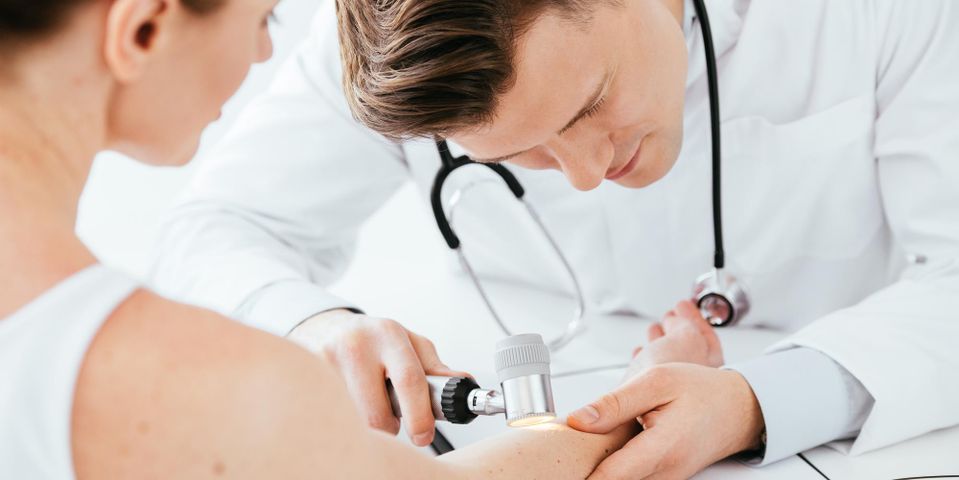
It can be tricky to tell whether a mole is a benign beauty mark or a potential problem. Even if you’ve had a mole for years, small changes can be a warning that it’s becoming cancerous. Watch for the following signs to see if you need to have your mole removed by a dermatologist.
What Dermatologists Want You to Know About Moles
Is Your Mole a Melanoma That Needs to Be Removed?
Melanoma is a severe skin cancer that can sometimes begin in a mole. Pay close attention to the look and location of all moles on your body. Use a full-length mirror under a bright light to check at least once a month. Dermatologists recommend using a simple “A-B-C-D-E" rule to determine whether a mole needs immediate attention:
- “A” stands for asymmetry — if one side of a mole doesn’t match the other, you should have it checked.
- “B” is for border — check the edges of a mole to see if they’re irregular in any way.
- “C” represents color — if a mole is patchy with tinges of red, blue, white, or pink, check with your doctor.
- “D” stands for diameter — any mole larger than ¼ inch is at risk.
- “E” is for evolving — any change in a mole’s shape, size, or color deserves prompt examination.
Why Else Would You Remove a Mole?
 It’s critical to remove any mole that may be precancerous or melanoma, but you may also have reasons to remove benign moles. Many dermatologists remove moles is because their patients find them unsightly. Some moles are elevated from the skin, which can become easily irritated by friction as well depending on their location. Clothing may rub them. They can make wearing a seat belt uncomfortable or get caught on pieces of jewelry and clothes.
It’s critical to remove any mole that may be precancerous or melanoma, but you may also have reasons to remove benign moles. Many dermatologists remove moles is because their patients find them unsightly. Some moles are elevated from the skin, which can become easily irritated by friction as well depending on their location. Clothing may rub them. They can make wearing a seat belt uncomfortable or get caught on pieces of jewelry and clothes.
If you’ve found a mole that looks suspicious, consult a trusted dermatologist for peace of mind. As a qualified member of the American Society for Mohs Surgery (ASMS), Aylesworth Dermatology in Rhinelander, WI, provides skin cancer detection and Mohs surgery when appropriate as treatment. For over 30 years, they’ve also handled other skin, hair, and nail problems with the highest levels of care throughout Oneida County. To schedule an appointment, call (715) 369-4500 or visit them online to learn more.
About the Business
Have a question? Ask the experts!
Send your question

